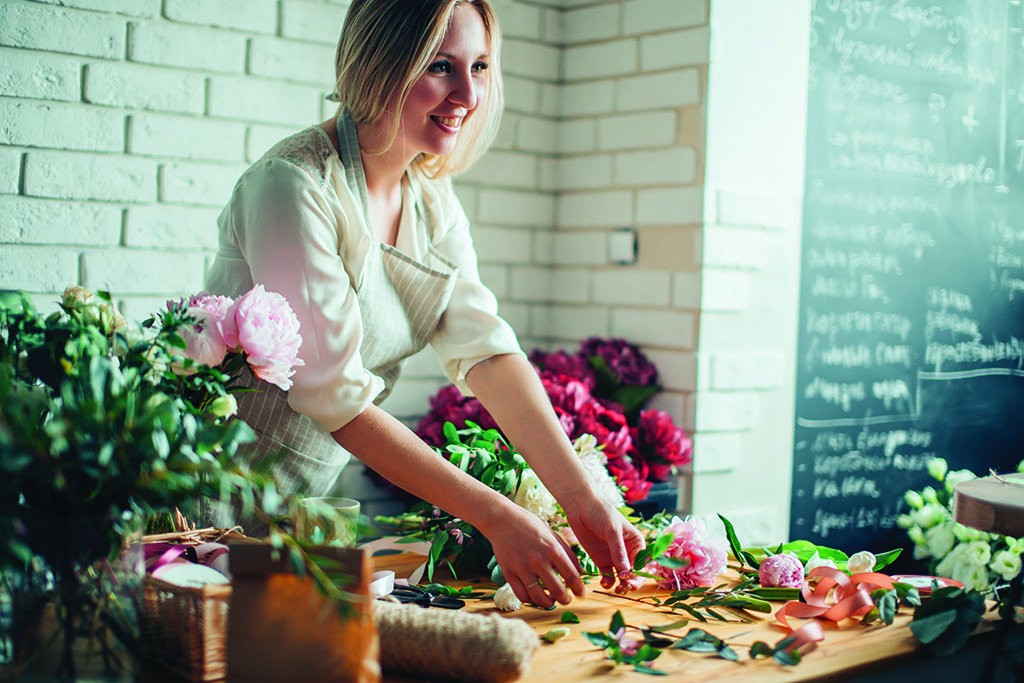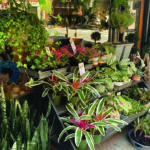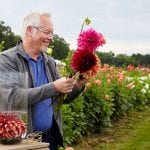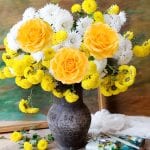
As the past two years have repeatedly proven, you cannot predict or dictate global events. But florists who’ve withstood the pandemic and its ripple effects have succeeded, in part, by focusing on what they can control — namely their productivity and efficiency. In the latest issue of Floral Management, contributing writer Bruce Wright presents eight strategies to stay on top of fresh product and labor costs to maximize profitability.
In his feature, “Design Room Dynamics,” Wright spoke with floral educator and consultant Vonda LaFever, AIFD, PFCI, as well as three flower shop owners, who offered their best practices, from reconfiguring the layout of the design area to training designers to avoid stuffing.
Here are a few of their tips:
Start with a simple check. LaFever, CEO of Flower Clique, a provider of business tools and services for retail florists, emphasized the importance of knowing your profit margin. (It lets you know if you have a problem, for one, and establishes a baseline to measure your progress.) To do this, “just clip your invoices together and add them up,” she says. Then run sales reports that reflect any category where fresh flowers are the major product component. (Bear in mind that “arranged flower sales” will include non-fresh product, such as containers and foam. A good goal is to have your fresh product costs be 25% of sales or less.)
Don’t cut corners on care and handling. “It’s been shown time and again: The time and money invested in the three C’s — cooling, care, and cleanliness — provides a rich return on investment, both in terms of reduced shrink and in terms of customer satisfaction,” Wright says. To put out the best possible product, you need a quality cooler (optimal temperature is 33-35F); appropriate hydration, storage or vase solutions that are carefully mixed in the right proportion; and clean and sanitized buckets, design tools and work surfaces. (The American Floral Endowment offers a free 16.5” by 20.5” laminated poster with these guidelines clearly spelled out.)
Divide the labor. Your designer is likely the most expensive member of your staff, but many of the tasks he or she does don’t require advanced skills, such as sanitizing coolers, buckets, tools and work surfaces, pulling vases and flowers, and pre-greening containers. Outsourcing these tasks to an assistant allows your designer to focus on the artistry and, ultimately, to do more in less time, saving you money.
For more tips and details, click here to read the full article.
Katie Vincent is a contributing editor for the Society of American Florists.



